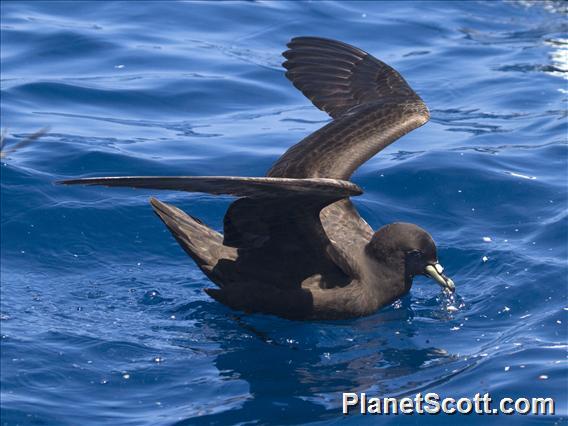Parkinson's Petrel (Procellaria parkinsoni)

Parkinson's Petrel (Procellaria parkinsoni)
×


Parkinson's Petrel (Procellaria parkinsoni)
About Parkinson's Petrel (Procellaria parkinsoni)
- Kingdom: Animals
- Phylum: Chordates
- Class: Birds
- Order: Tubenoses
- Family: Shearwaters and Petrels
The black petrel, also called Parkinson's petrel, is a medium-sized, black-plumaged petrel, the smallest of the Procellaria. The species is an endemic breeder of New Zealand, breeding only on Great Barrier Island and Little Barrier Island, off the North Island. At sea it disperses as far as Australia and Ecuador.
Source: Wikipedia
Lifelists
Trips
Visits
-
2012-11-24
Wollongong Pelagic Trip, Australia

